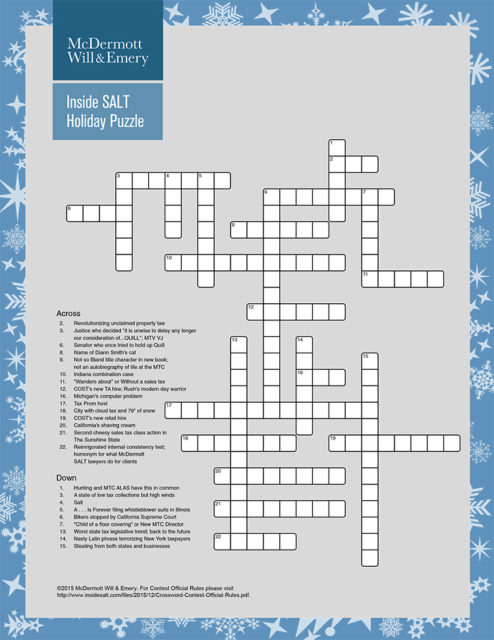Yesterday, McDermott Will & Emery partner Steve Kranz was a featured guest on WAMU 88.5’s The Kojo Nnamdi Show, one of NPR’s most prestigious talk radio shows in the greater Washington, DC area. Kranz participated in this week’s Tech Tuesday segment titled “Taxing Your Online Shopping Spree” which focused on the current state of internet sales tax impositions in the United States and various proposals to tax e-commerce that are currently being considered by Congress and state legislatures. Kranz was joined by fellow guests Steve DelBianco, Executive Director at NetChoice, and Bill Fox, Director of the Center for Business and Economic Research at the University of Tennessee.
A permanent link to this informative discussion is available here.
read more



 Subscribe
Subscribe




